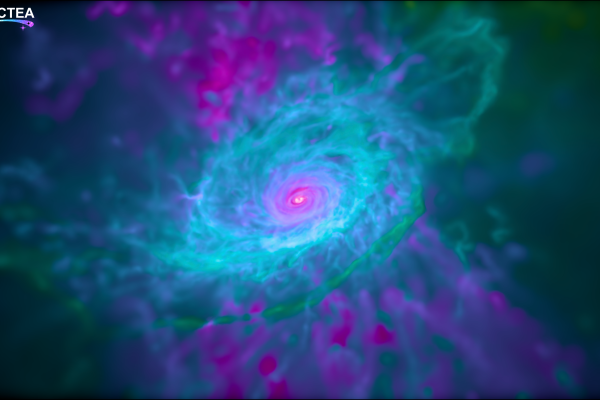While scanning the sky to measure the positions and movements of stars in our Galaxy, Gaia has discovered a supernova, called Gaia 14aaa, in a galaxy located about 500 million light years away.
The sudden rise in the galaxy brightness detected between one observation on August 30th and another one made one month before, indicated the possibility of a supernova. This galaxy showed a 6 factor change of its brightness.
Position measurements were made to corroborate the hypothesis that it was a supernova and to reject the option of outbursts caused by the mass-devouring supermassive black hole at the galaxy centre. The position of the bright spot of light was slightly offset from the galaxy’s core, suggesting that it was unlikely to be related to a central black hole. The astronomers analysed the light spectrum to seek signatures of various chemical elements typical of those kind of phenomenon. Complementary observations were made with terrestrial Telescopes such as the Isaac Newton Telescope (INT) and the Liverpool Telescope, both placed at La Palma Island. All information confirmed that the phenomenon was a supernova and also indicated its nature: a Type Ia supernova, correspondent to the explosion of a white dwarf locked in a binary system with a companion star.
It was just the first discovery of the many that will occur during the next 5 years of the mission.



